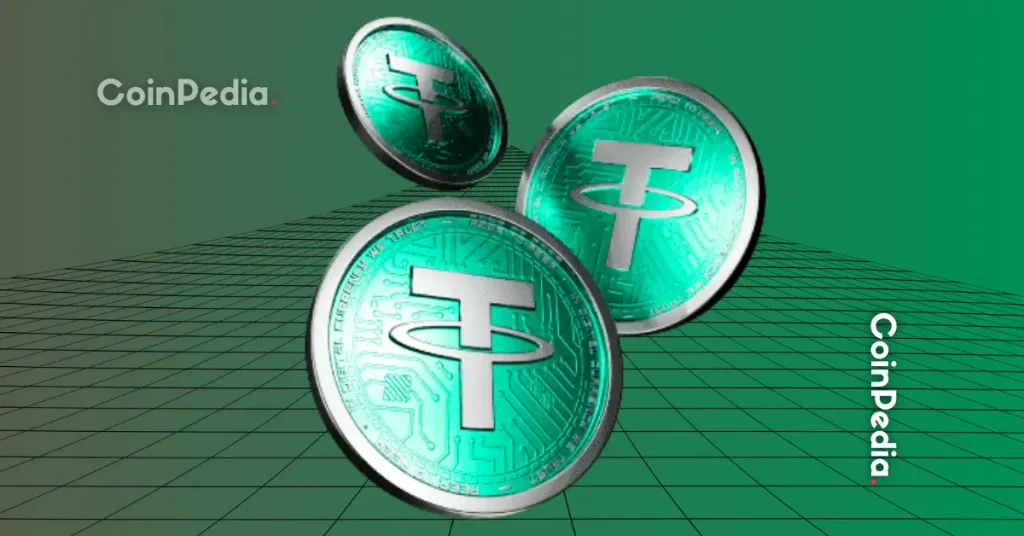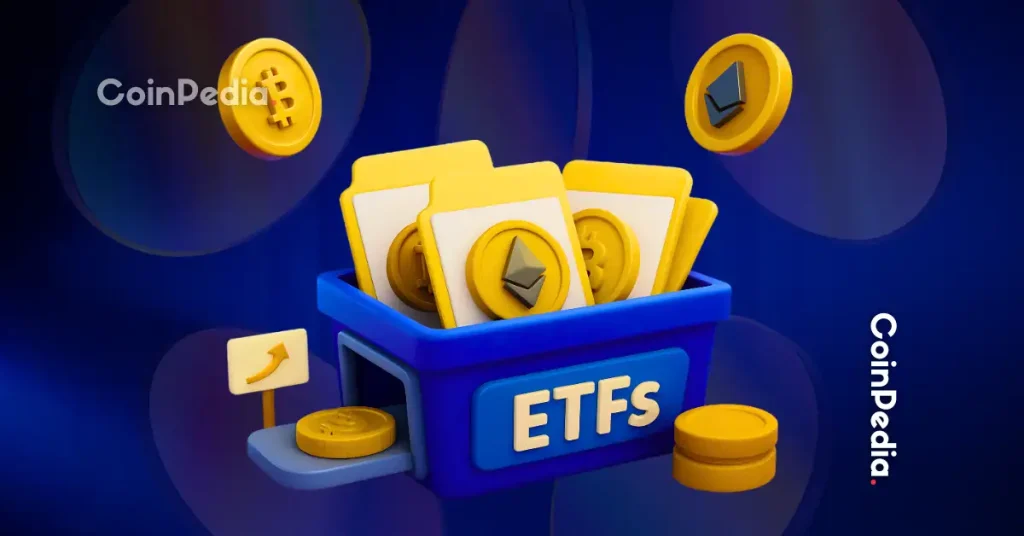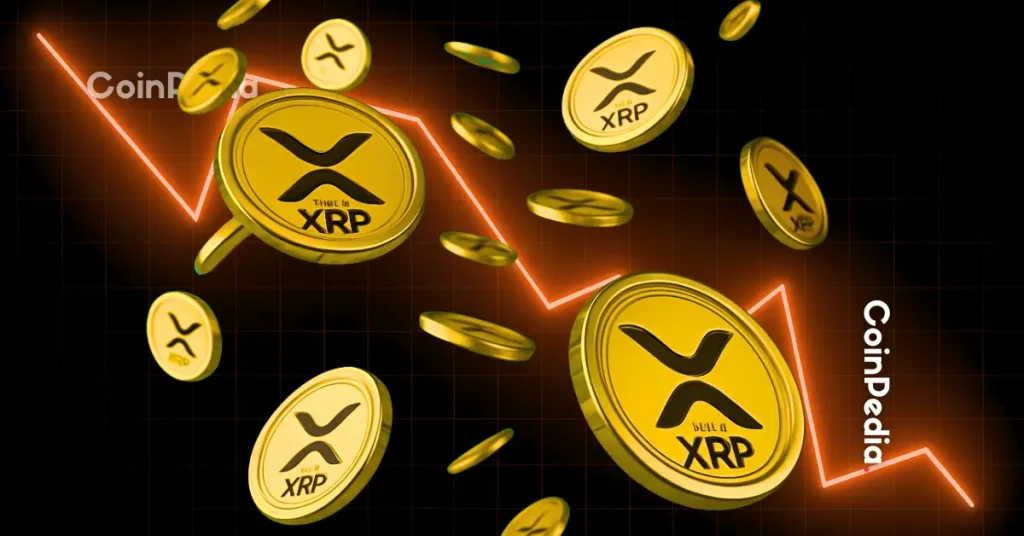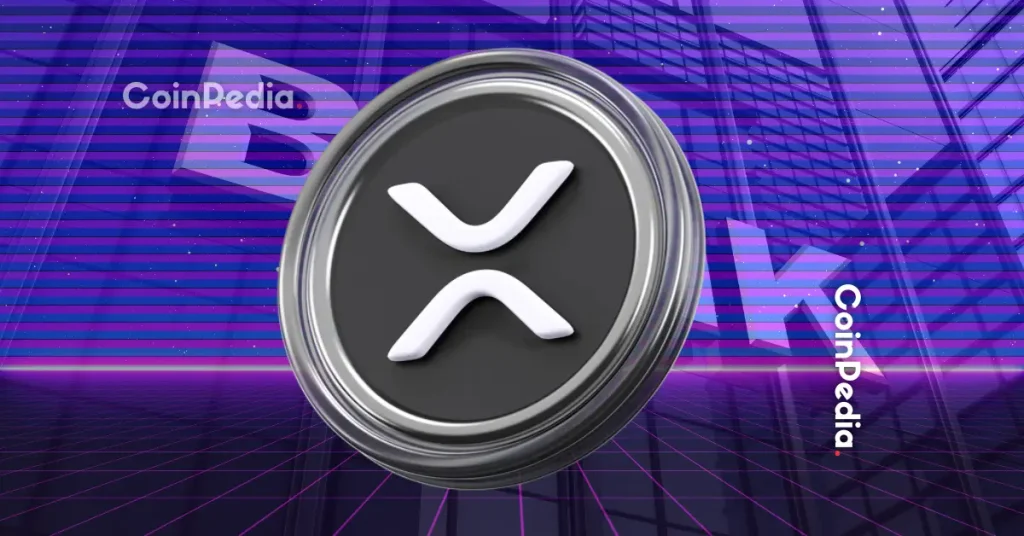Decentralised social media platforms are gradually positioning themselves as viable alternatives to their centralised counterparts, though their readiness for mainstream adoption still hinges on several factors. While the underlying infrastructure, driven by protocols like ActivityPub , blockchain, and cryptographic identity systems, has matured significantly, widespread user adoption remains a challenge due to issues like onboarding complexity, fragmented interfaces, and less polished user experiences. Despite this, platforms like the Fediverse , Nostr , Farcaster , Bastyon , Hive , Bluesky , and Threads are gaining traction by offering new models of ownership, censorship resistance, and data privacy. As dissatisfaction grows with the centralised control of traditional platforms, these decentralised networks offer users the tools to reclaim control over their digital identities, content, and communities, laying the groundwork for a more open and participatory internet. Can Decentralised Social Media Platforms Compete with Established Social Media? The question of whether decentralised social media is ready for primetime depends on how one defines “readiness.” In terms of infrastructure and community development, the decentralised social media landscape has evolved significantly in recent years, offering a viable alternative to traditional, centralised platforms. Technologies like ActivityPub and blockchain-based protocols have matured enough to support robust, user-driven networks. However, these platforms still face challenges around scalability, user onboarding, content moderation, and mainstream appeal. Despite this, growing discontent with centralised platforms’ control over data, monetisation, and speech has given decentralised networks new momentum and a clearer purpose. One of the most prominent examples of decentralised social media is the Fediverse, a network of interoperable platforms like Mastodon and PeerTube built on the ActivityPub protocol. Users can interact across different services while maintaining control over their data and content. Nostr (Notes and Other Stuff Transmitted by Relays) takes a different approach by using cryptographic keys for identity and relays for content distribution, offering censorship resistance and simplicity in protocol design. Farcaster, meanwhile, is an Ethereum-based protocol focused on building a decentralised identity layer for social applications, aiming to separate content creation from platform ownership. Other notable platforms include Bastyon, a blockchain-based social network that combines content sharing with token incentives and a strong focus on user anonymity and censorship resistance. Hive is a long-standing blockchain project that evolved from the Steem network and supports blogging, social interaction, and content monetisation through its native cryptocurrency. Bluesky, originally a Twitter initiative, is developing the AT Protocol with a focus on composability and data portability, striving to create an open social media ecosystem that allows users to choose their own algorithms and moderation standards. While decentralised platforms are rich in innovation, their fragmentation and technical complexity still create friction for new users. Centralised platforms like Meta’s Threads continue to dominate the mainstream due to ease of use and network effects, though Threads has expressed future intent to integrate with ActivityPub and the Fediverse. Ultimately, decentralised social media may not be fully ready for widespread adoption today, but its frameworks are steadily gaining maturity. As public concern over data ownership and free expression grows, these platforms could soon reach a tipping point that pushes them into the mainstream. An Overview of Decentralised Social Media Platforms Fediverse The Fediverse is a decentralised network of independently hosted social media platforms that communicate using open protocols like ActivityPub. Rather than being controlled by a single company, each instance or server in the Fediverse can set its own rules while remaining interoperable with others. This structure supports a wide range of services, such as Mastodon (Twitter-like microblogging), PeerTube (video hosting), and Pixelfed (photo sharing). Its core appeal lies in user autonomy, data ownership, and resistance to centralised moderation or surveillance, making it a popular choice for those seeking alternative social ecosystems. Nostr Nostr (Notes and Other Stuff Transmitted by Relays) is a decentralised protocol designed to enable censorship-resistant social media by using cryptographic keys for identity and relays for content distribution. Unlike traditional platforms, Nostr doesn’t rely on centralised servers or accounts; users generate a public-private key pair, and content is broadcast through a network of relays. This makes it resilient to takedowns and ideal for uncensorable communication. Its simplicity and alignment with the ethos of Bitcoin communities, particularly its integration with Lightning Network tips, make it a unique space for digital sovereignty advocates. Farcaster Farcaster is a protocol for decentralised social apps that blends aspects of Web3 and traditional social networking, aiming to offer both portability and permanence of social identity. It uses Ethereum for user identity verification and off-chain storage for content, allowing users to maintain a consistent presence across applications. Farcaster is notable for its hybrid approach, balancing decentralisation with scalability, offering smoother user experiences than fully on-chain systems. The community-driven development and early adoption by crypto-native users position Farcaster as a growing hub for Web3 discourse. Bastyon Bastyon is a decentralised social media and messaging platform that integrates blockchain-based governance and rewards. It operates without a central server, relying instead on a peer-to-peer network for content distribution and moderation. Users earn PKOIN, Bastyon’s native token, for engagement and contributions, and all content is resistant to censorship. Unique among many platforms, Bastyon also emphasises anonymity, no email or phone number is required to join, which appeals to privacy-focused users looking for an alternative to mainstream platforms. Hive Hive is a blockchain-based social media platform and ecosystem that allows users to publish content, earn cryptocurrency (HIVE and HBD), and interact through a decentralised network of apps and interfaces. It was created as a fork of the Steem blockchain, prioritising community governance and decentralisation after disagreements over Steem’s centralisation. Hive’s unique value lies in its strong incentive model, users are rewarded for content creation and curation, and its broad application ecosystem, including games, forums, and financial tools, all built on the same blockchain. Bluesky Bluesky is a decentralised social networking project originally incubated by Twitter, now operating independently. It runs on the AT Protocol, which enables portable user identities, customisable algorithms, and interoperable social apps. Bluesky’s focus is on giving users control over their online experience, such as choosing content moderation filters or transferring their accounts across services. With a familiar interface and growing user base, Bluesky aims to strike a balance between decentralisation and usability, offering a more open alternative to centralised social networks. Threads Threads is Meta’s (Facebook/Instagram’s parent company) response to Twitter-like microblogging, integrated closely with Instagram. Although currently centralised, Meta has stated plans to support ActivityPub, which would eventually allow Threads users to interact with the Fediverse. Its advantage lies in immediate access to Meta’s large user base and polished user experience. If fully federated, Threads could bridge mainstream social media and decentralized platforms, though many remain sceptical of Meta’s commitment to openness and user control. Why are Decentralised Social Media Platforms so Important for Digital Rights? Decentralised social media platforms play a crucial role in advancing digital rights by empowering individuals with greater control over their online identities and data. Unlike centralised platforms that are governed by a single corporate entity, decentralised networks distribute power among users and independent node operators, reducing the risk of unilateral policy enforcement or manipulation. This shift allows users to define their own terms of engagement, moderation standards, and community norms, helping preserve the principles of free expression and consent-based participation that are fundamental to a healthy digital society. Censorship resistance is another key advantage of decentralised social media. Traditional platforms are often subject to government pressure, corporate interests, or algorithmic bias that can lead to content takedowns and the silencing of dissenting voices. Decentralised networks, by contrast, operate on open protocols and distributed infrastructure, making it significantly harder for any single authority to control what information can be published or accessed. This makes them particularly valuable in regions with limited press freedom or during politically sensitive periods, where traditional platforms may be incentivised, or coerced, into suppressing content. In terms of data privacy, decentralised platforms mitigate many of the risks associated with centralised data collection. On conventional social media, user data is stored on company-owned servers and often monetised through targeted advertising, leading to concerns over surveillance, profiling, and data breaches. Decentralised alternatives, however, frequently minimise data collection and employ cryptographic tools to enhance privacy. Users retain ownership of their content and can often choose what information is shared, with whom, and under what conditions. This model aligns with the growing demand for transparency, data sovereignty, and ethical technology. Finally, many decentralised social media platforms introduce tokenised ecosystems that reward users with cryptocurrency for contributing content, curating posts, or participating in governance. This allows creators to be directly compensated for their work without relying on advertising revenue or platform monetisation policies. By enabling peer-to-peer value exchange and reducing the need for intermediaries, these systems create new economic models for content creation. As a result, users are not just passive consumers but active stakeholders in the networks they help build, fostering more sustainable and equitable digital communities. The post Are Decentralised Social Media Platforms Ready for Primetime? appeared first on Bitfinex blog .















